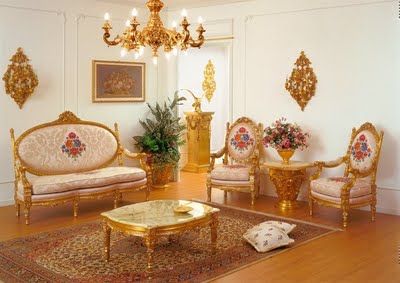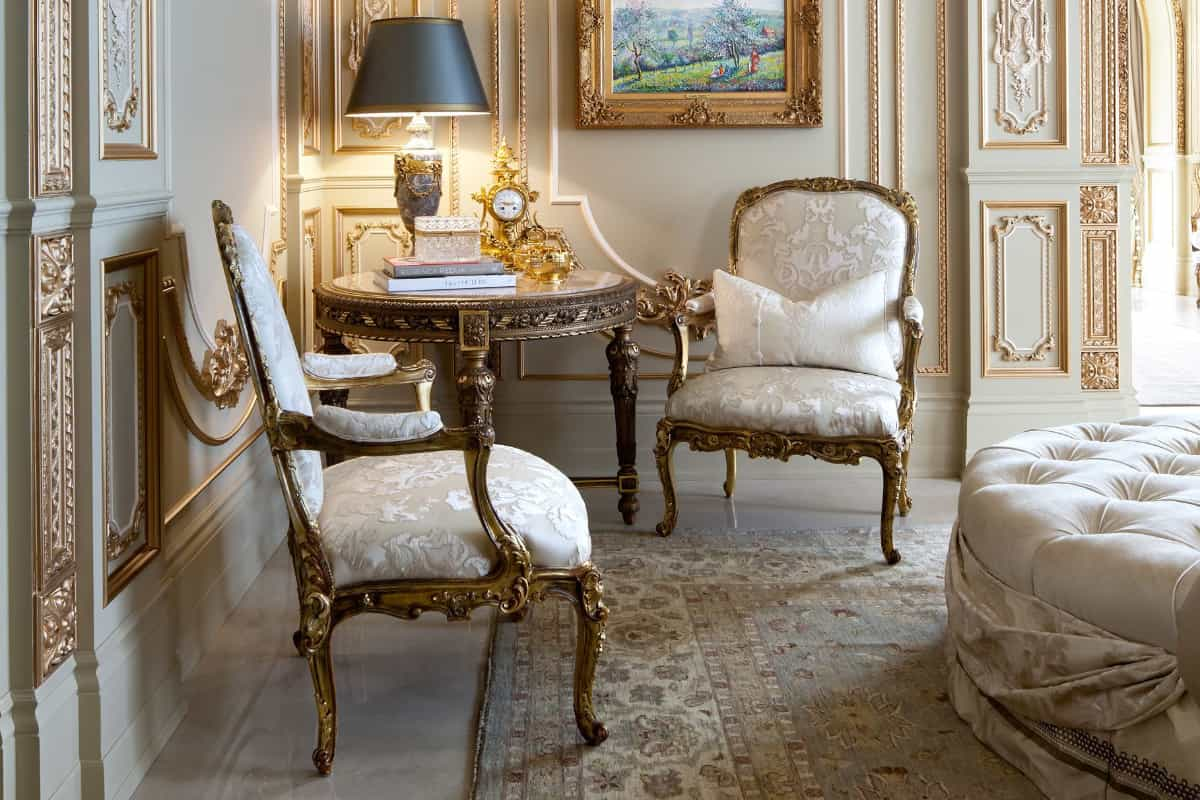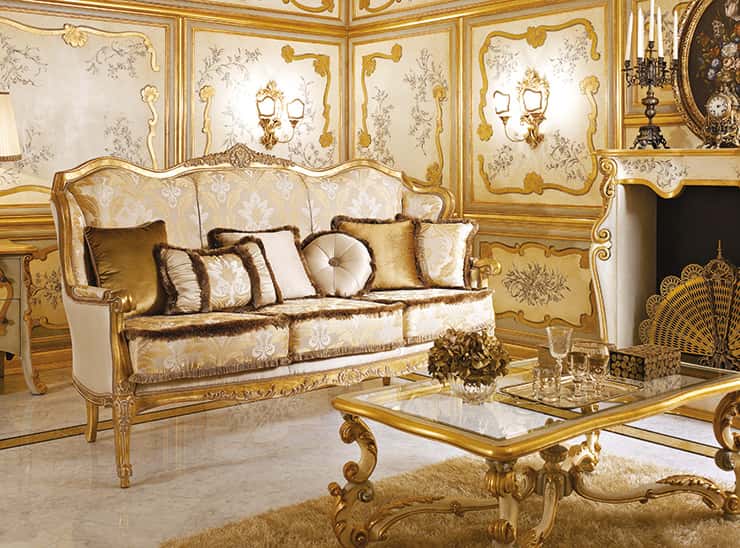Globalkicau.com – Whether you have recently purchased antique furniture, or you’re interested in learning more about it, there are some basic terms that you should know. These terms will help you know what you’re looking for and where to look for it. They will also help you learn more about antique furniture styles, so you can find the right piece to complement your home.
Ancient Traditions with Classic Furniture Using Gold Leaf
Typically, an antique sideboard will have a flat top and a back for displaying china or other items. An antique partner’s desk is a large desk, typically with a pair of working drawers on each side. The tabletop will tilt on a ratchet to serve as a drawing board. Using gold leaf on classical furniture is an ancient tradition. Since the Renaissance, it has been used to highlight and accent certain parts of furniture. The technique has been applied on a variety of materials including wood, metals, stone, porcelain, and glass.
In the past, gilding was considered a form of fine decorative art. It is an ancient technique that has always been regarded with respect and appreciation. Gilding is the process of applying gold to various materials. The most common method is using a thin layer of gold leaf. The process is usually done by a skilled craftsman.

Among the most skilled and admired of furniture craftsmen of the 18th century was Andre-Charles Boulle. His furniture designs are characterized by elaborate scrolling inlays. These inlays are made from different types of wood, pewter, ivory, and brass. Boulle designed some of the most important furniture of the 18th century, including large armoires. His designs were highly influential. They influenced many furniture makers of the 19th century. Boulle’s designs were highly sought after during his lifetime, and his furniture continues to be sought after today. His pieces are on display in the Louvre and the Wallace Collection in London.
Increases Stability and Adds a Decorative Touch
Having a pie-crust edge on your classically styled furniture can make a statement. It’s an attention getter, and for a small price tag, you’ll be the envy of the neighborhood. And the best part? Besides the obvious fact that it is an attractive and functional piece of furniture, you’ll have something that you can use to display all of your favorite recipes. Whether you’re making a pie or a savory main course, piecrust can make any recipe a special occasion. Adding a bracket foot to furniture can improve its stability and add a decorative touch. These feet are often used to elevate and support heavy pieces of furniture. The bracket foot was developed during the late 17th century.
These feet are available in a wide variety of designs. They are often used for supporting couches or chairs. These feet are available in a variety of woods. You can choose a style that complements your decor. Bracket feet are commonly used in Hepplewhite furniture styles. They are also popular on Georgian and William and Mary style furniture.

During the 18th century, the furniture style known as Queen Anne style emerged. The style was a significant contrast to previous furniture styles. Queen Anne style was characterized by a streamlined form and light ornamentation. This style was favored by American furniture artisans. It was also favored by collectors and is now widely available on the auction market. Queen Anne style was the earliest style to incorporate a curving cabriole leg. The leg, however, is not the only element of this style that is unique. During the time of Louis XVI, there was a major transition in furniture designs. Instead of displaying ornate curves, Louis XVI furniture reverted to classical forms. The style emphasized straight lines and right angles, a return to the classical motifs of ancient Roman architecture.
Inspiration from Greek Neoclassical Design with Popular Style
During the Louis XVI period, tables and chairs were crafted from mahogany and fruitwood. Writing tables incorporated new style motifs, often with ebony inlays. These tables often had three drawers. They were often decorated with hand-sewn silk upholstery. They were often painted with a cream color.

During the late 18th and early 19th century, American furniture manufacturers took inspiration from the Neoclassical, Grecian designs of French designers. The result was a distinctive American style of furniture. In the beginning, craftsmen used mahogany to manufacture Empire furniture. As time passed, other types of wood were used. Rosewood, black walnut and maple were popular. In addition, furniture makers used more inlays and decorative mountings. The Empire style is often characterized by ornate carving, heavy drawers, thick columns and sturdy feet. The most elaborate pieces often include gilding, acanthus-leaf ornamentation and rope-twist carving.





